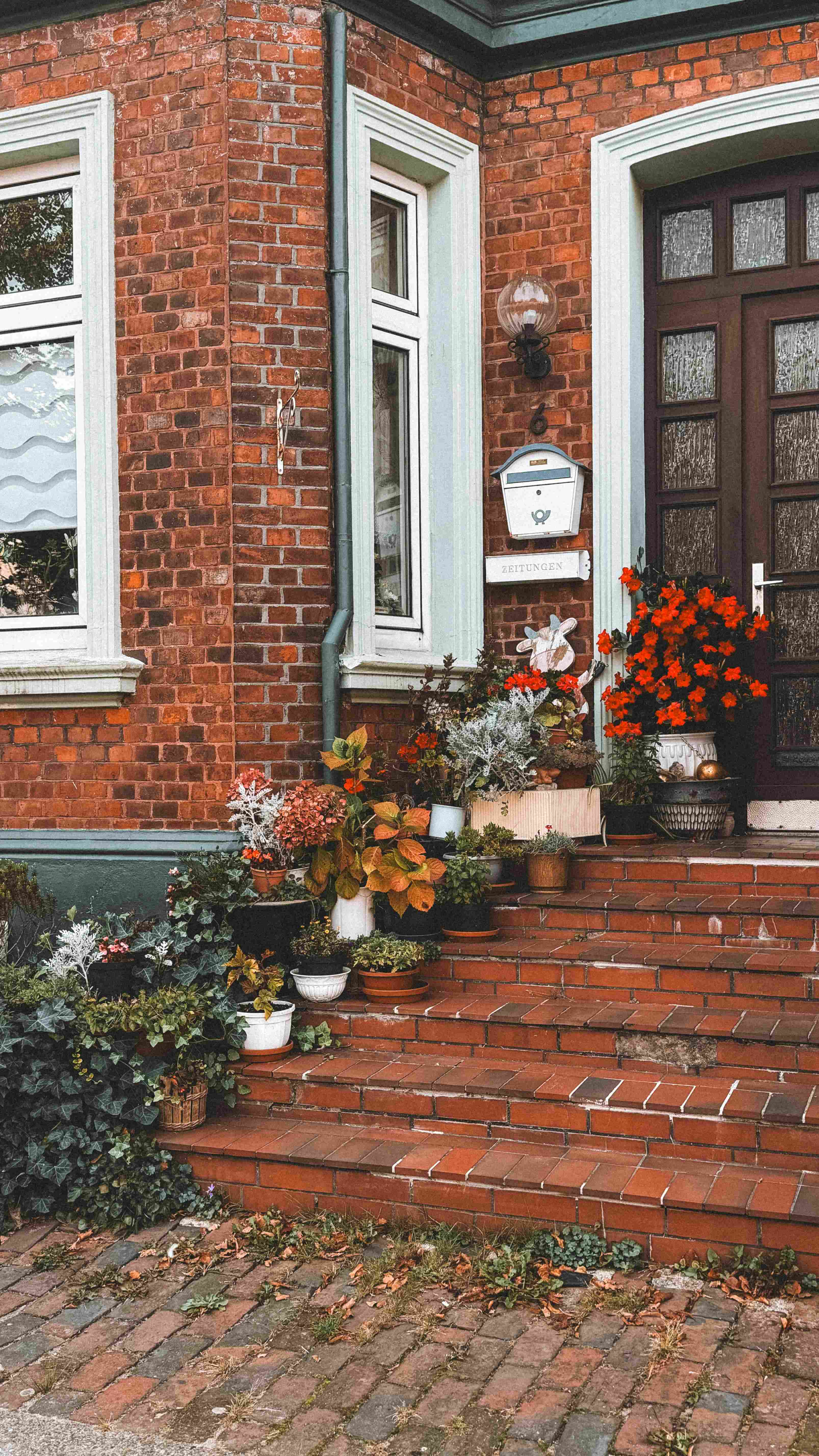In the ever-evolving landscape of modern living, the concept of soft living is increasingly gaining prominence as homeowners seek more than just aesthetics in their living spaces. This idea revolves around creating environments that prioritize comfort, ease, and a gentle approach to daily life. As we move deeper into 2025, soft living is not just a trend but a lifestyle shift that integrates tranquility, functionality, and sustainability into the home. This guide explores the fundamental aspects of soft living and offers practical tips on how you can transform your living environment to a softer, more comfortable haven.
Exploring Soft Living: Redefining Comfort in the Modern Home

Soft living emphasizes the use of soft textures, calming colors, and minimalist designs that promote relaxation and mental wellbeing. To effectively incorporate soft living into your home, it's important to understand its key components:
- Soft Textures: Utilize materials like plush rugs, soft blankets, and cushioned furniture that invite you to relax.
- Calming Colors: Choose hues that soothe the senses, such as pastels, earth tones, and muted shades.
- Minimalist Design: Avoid clutter by opting for simplistic and functional designs that create open, breathable spaces.
- Natural Elements: Incorporate elements like wood, stone, and plants to bring a sense of the outdoors inside, enhancing your connection to nature.
- Lighting: Soft, layered lighting can drastically improve the mood of a room, making spaces feel warm and inviting.
When selecting elements for soft living, consider the following tips:
- Focus on quality over quantity. Choose furnishings that not only look good but also provide exceptional comfort and durability.
- Test materials for comfort and texture. Ensure that the textiles and surfaces you choose contribute to a softer, more relaxed feel.
- Think about maintenance. Opt for materials and designs that are easy to keep clean and maintain to reduce stress and upkeep.
Maintaining a soft living environment doesn't require excessive effort but does entail regular upkeep to ensure that spaces remain clean, organized, and tranquil. Here are some maintenance tips:
- Regularly clean soft furnishings to avoid dust and allergies.
- Declutter spaces periodically to maintain a minimalist aesthetic.
- Use sustainable cleaning products to preserve both your home's soft qualities and the environment.
Costs associated with transitioning to and maintaining a soft living space can vary based on the quality of materials and the extent of changes you wish to implement. Investing in high-quality, durable items may have a higher initial cost but typically results in lower long-term maintenance costs. Additionally, adopting sustainable practices can help save on energy costs and decrease overall spending.
To sum up, soft living is redefining modern homes by focusing on comfort and simplicity. By choosing right materials and designs, maintaining them well, and considering sustainable practices, you can create a home that feels both relaxing and environmentally conscious. Remember, the key to soft living is creating a space that reflects tranquility and functionality, helping you unwind and recharge effortlessly.
